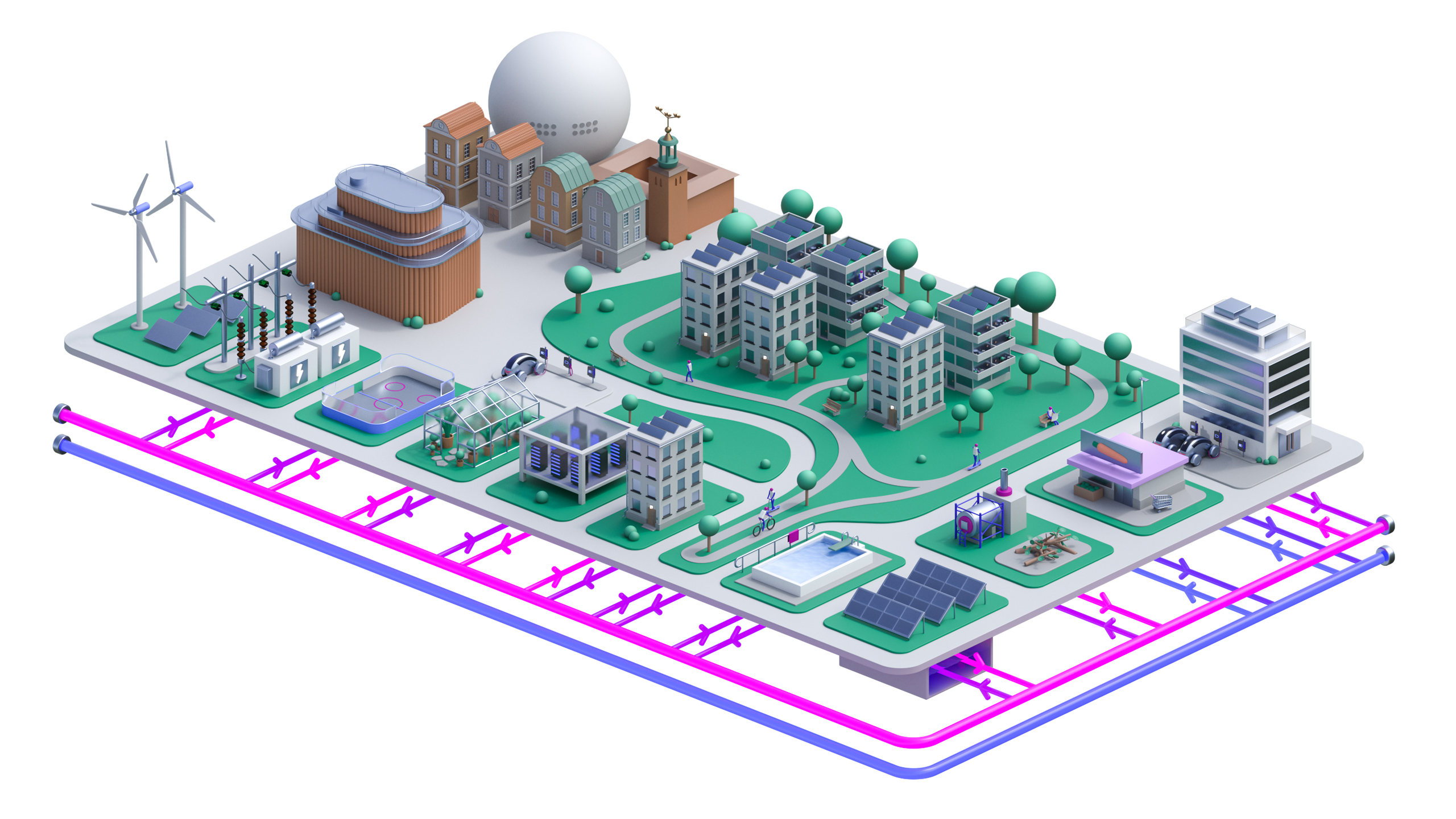
Swedish TSO Svenska kraftnät and energy provider Stockholm Exergi take grid efficiency to the next level with heat recovery at new power substation
The road to a sustainable future requires an extensive build-out of the electrical grid in all countries. The grid is not only the power lines, but also all the interconnecting points where the major lines are transformed to local distribution.
In the light of the general electrification of society, Svenska kraftnät has an ambitious plan to build out Sweden’s grid. One such project is Substation Skanstull, planned to go on-line in 2023.
For the first time in Sweden, the substation will be built with an integrated cooling and heat recovery system. The station can provide up to 1 000 MW of power. While the power station has a limited heat loss, Stockholm Exergi expects to recover close to 8 000 MWh annually and reuse it in its district heating network to keep the Stockholmers warm. When in full operation, the heat recovery from the substation will be able to heat 2 200 modern residential apartments.
“For Svenska kraftnät, this project marks an important milestone. Throughout the world, this energy is currently wasted. We hope to see more of this type of projects, allowing our grid to deliver precious renewable energy with even higher efficiency”, says Peter Berg, project manager at Svenska kraftnät.
To allow the supplier of heat to make the necessary investments, Stockholm Exergi purchases the heat from the owner of the waste heat, making it a win-win for both parties and sustainability.
“We are constantly looking for new opportunities to improve the energy efficiency of Stockholm. In this search, heat recovery is a very powerful tool. I am very happy that we now can add another valuable energy source to our district heating network”, says Erik Rylander Head of Open District Heating and Stockholm Data Parks at Stockholm Exergi.
Heat recovery is becoming an integral part of Stockholm’s energy system with data centers, industry, food stores, cool storage, ice rinks and now substations. The company’s ambition is to cover 10% of Stockholm’s heating needs with recovered and reused heat.